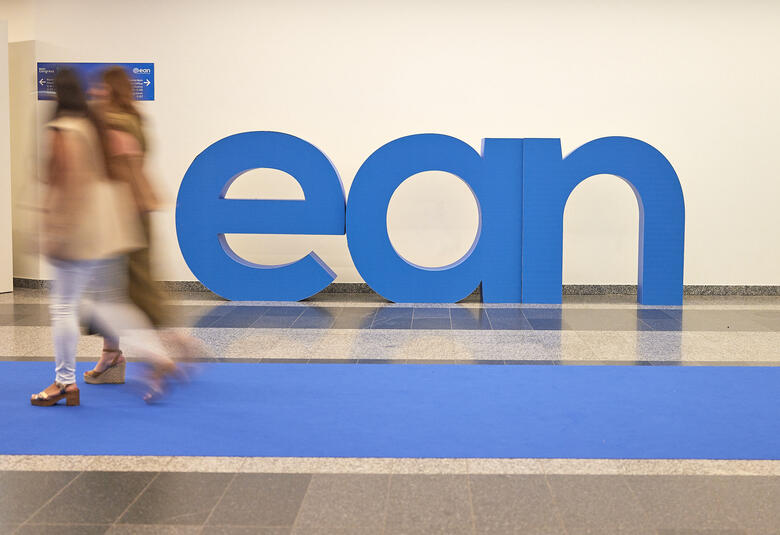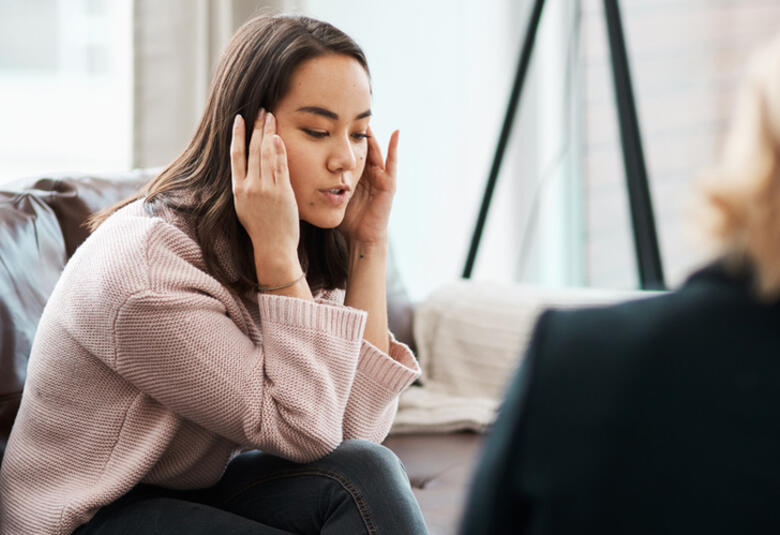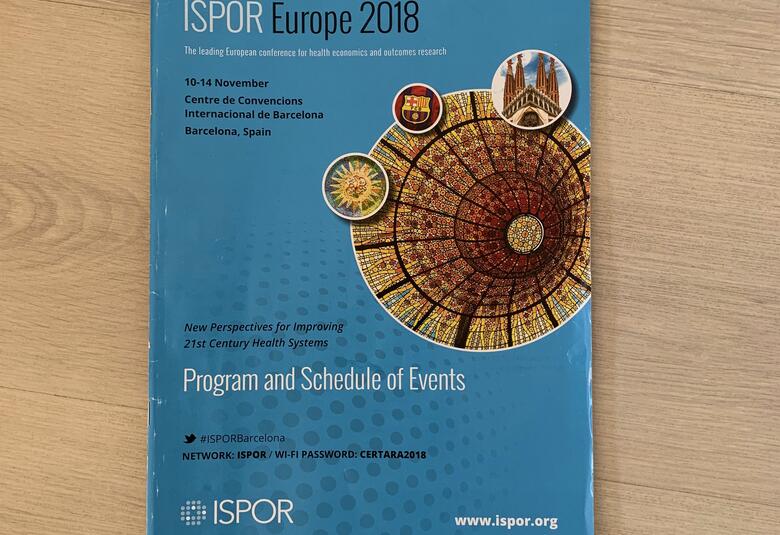Is there a risk of further de-prioritization of migraine care in the Covid-19 era? This was one of the topical questions raised by migraine experts during a satellite symposium at #MTIS2020. Innovative solutions for managing migraine patients during the pandemic were discussed. Telemedicine allows physicians to effectively manage patients without the increased risks of in-person visits, and new preventive therapies may be best suited to helping patients avoid emergency department visits for migraine attacks.
Migraine management in a pandemic
The Covid-19 pandemic era may be especially challenging for migraine patients, due to significant increases in stressors – such as anxiety and changes in daily routine – all of which serve as migraine triggers.1 It is well recognized that migraine is undertreated; the Eurolight study of 3,500 patients in 10 European countries shows that among people with ≥5 migraine days per month, only 2-14% were using preventive medication.2 Adherence to old oral preventive therapies is poor and patients frequently discontinue them due to lack of efficacy and poor tolerability.3,4
Long term evidence now supports sustained benefit, improved adherence, and no new safety concerns with calcitonin gene-related peptide (CGRP) antibodies.5,6 And yet, said Professor Cristina Tassorelli, University of Pavia, Italy, we are still fighting for migraine prevention to become the standard of care. It is time to break the cycle of acute treatment failures and rotation of old preventives and look to new targeted therapies added Dr Giorgio Lambru, Guy’s & St Thomas’ Hospital, London, UK.
CGRP antibodies have the potential to revolutionalize the lives of people with migraine
Telemedicine for headache patients during Covid-19
Telemedicine provides an important opportunity to continue to care for a vulnerable population without the increased risks of in-person visits. Dr Lambru shared his and his patients’ experiences of migraine management during the Covid-19 pandemic lockdown. The entire outpatient headache consultations at Guy’s & St Thomas’ Hospital, London, UK were converted to telemedicine (video or telephone), which allowed the department to continue full flow outpatient activity, with exception of headache procedure clinics which were significantly reduced. This change was welcomed by most patients, was cost-effective, and less time consuming for patients (no travel time).
Telemedicine may be an efficient and safe way to diagnose and treat primary headaches
Are CGRP antibodies even more important in the Covid-19 era?
CGRP antibodies may be well-suited for telemedicine follow up, due to their administration frequency, administration route, good efficacy, tolerability, and adherence.6 They also have the potential to offer cost-savings in terms of decreased disability and reliance on office or hospital care, reduced need for consultations, and reduced emergency room visits.7
Effective preventive migraine management with avoidance of frequent repeat in‐person clinic and emergency department visits could help maintain social distancing to contain the COVID‐19 pandemic
However, before CGRP antibodies can have real impact for most people with migraine, prior authorization restrictions need to be lifted to allow patients to access these medications. A group of physicians from the American Headache Society (AHS) Practice Management Committee has called for the removal of restrictions that require patients to fail older oral medications or onabotulinum toxin A injections (which are not feasible right now) before qualifying for preventive treatment with CGRP antibodies.8 Lifting of restrictions would allow migraine patients access to evidence‐based treatment options that reduce the burden of their disease.
Educational financial support for this Satellite symposium was provided by Amgen and Novartis.
Our correspondent’s highlights from the symposium are meant as a fair representation of the scientific content presented. The views and opinions expressed on this page do not necessarily reflect those of Lundbeck.




